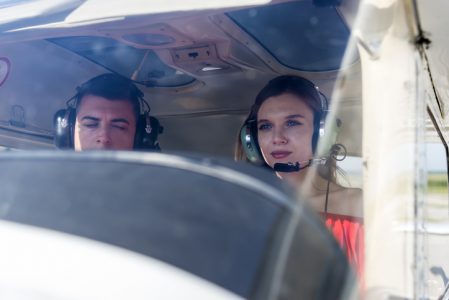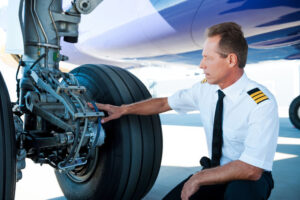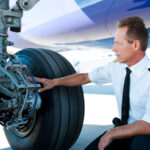Pilot training critical, even with a pilot shortage
I’m struggling with my feelings about the competency of the airline pilots of the future. I have always been confident and comfortable with the rigorous pilot training that all airline pilots endure. I also put a fair amount of faith in the experience level reached by most as they hit that golden milestone of 1500 hours. However, I’m not so sure about any of that anymore.
When I was an up-and-coming airline pilot wannabe, I worked myself to exhaustion as I tried to prepare for that coveted right seat position. I was a flight instructor for a full 1500 hours, and even then, I was just getting started. Most professional pilots know that teaching is one of the best ways to learn, and I couldn’t agree more. Seeing the mistakes that others made helped me become a better pilot myself.
Then, there were the entry-level flying jobs – flying freight and canceled checks in the middle of the night in all kinds of treacherous weather. Some of those experiences still make my skin crawl to this day, but I can guarantee that I’m a better pilot because of them. Finally, when I learned my fair share about weather avoidance, real-life engine shut-downs, FAA check-rides, and flying while exhausted, I was ready to approach the “commuter airline” world.
Still, things weren’t much better at this level. We flew old planes with old avionics and old engines. We faced convective weather, snowstorms, and whatever else mother nature could throw at us. We learned all about up-and-coming technologies by trial and error. We paid our dues, and we paid them well. It was a rough ride, but we had that end goal of airline glory in view, and nothing was going to stop us.
By the time I sat down at my first airline interview, I had logged over 5000 hours, and other pilots had even more.
Fast forward to 2022, and wow, have times changed. We know that pilots are in short supply and airlines are doing everything in their power to get as many pilots qualified as quickly as possible, but at what cost?
Many airlines have started training programs as recruitment tools, and I get that. They are taking zero-time pilots and training them, using their own standards and procedures so that by the time they reach that golden 1500-hour mark, they’ll be ready to slide into that right seat as if they were born for the job.
In theory, that might work, but these novice pilots are missing out on the real-world experience. The FAA partially agrees, based on their refusal to let Republic Airlines slash the minimum requirements for filling their pilot positions in half (as long as the applicants were graduates of the Republic Airlines Training Academy).
And what about Mesa Airlines? They just bought a fleet of two-seat “light sport” aircraft for the sole purpose of helping pilot candidates find an inexpensive way to log their initial 1500 hours of mandatory flight time.
RELATED READING
RELATED CTS TRAINING










